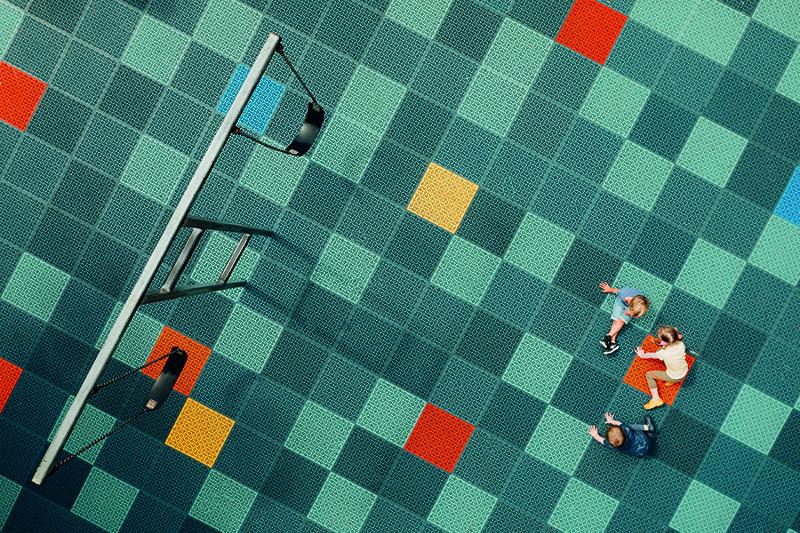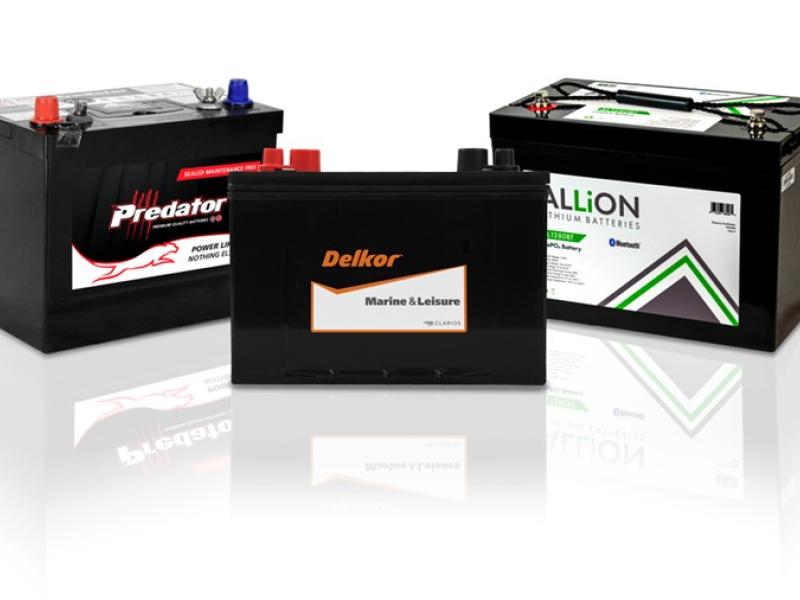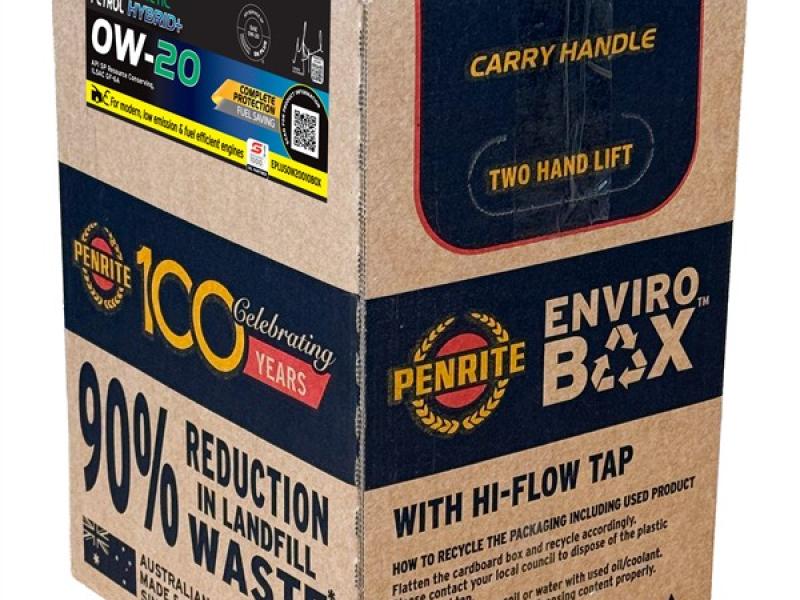The government is working on a range of product stewardship schemes including those for a number of automotive products. We have previously covered those around refrigerants, however the first regulated scheme will be for tyres with the regulations currently being finalised by government.
Tyrewise is the co-designed regulated product stewardship scheme for end-of-life tyres which were declared as a priority product under the provisions of the Waste Minimisation Act 2008.
Tyrewise is the mechanism by which importers take responsibility for the environmental impact of their product, end-of-life tyres – a concept known commonly in New Zealand as product stewardship. Regulation ensures participation for the whole industry is mandatory which provides a level playing field and no free riders.
Tyrewise challenges and supports importers to reduce harm to the environment by helping to create a circular economy solution for tyres and drive change through the supply chain in line with the waste hierarchy.
Not only have importers been part of the Working Group co-designing the scheme, critically they will pay the Advanced Stewardship Fee which will fund Tyrewise from its commencement date. This Fee must be transparently passed on to consumers. Importers also contribute their knowledge and expertise through Technical Advisory Groups which support Tyrewise to achieve its aims.
Over the decade Tyrewise has been developed, the market for products made from end-of-life tyres has grown significantly. However, with only approximately 40 percent of tyres currently recycled, there is some way to go to create sufficient demand for the remaining 3.9 million tyres that reach the end of their useful life each year.
Once Tyrewise is launched, it will fund research and innovation projects that support New Zealand solutions for end-of-life tyres, helping to keep products and materials in use for longer.
Already there are a number of innovative recycling schemes for tyres which include;
Treadlite
From their base in Cambridge Treadlite recycles 1.3 million end-of-life tyres per year and has plans to triple that figure.
The company uses end-of-life tyres to make granulated rubber for use in a variety of applications in New Zealand and Australia. These range from artificial sports fields and equestrian arenas to playground matting. Treadlite is also working together with a group of companies to introduce the use of rubber in roading in New Zealand.
Matta
Matta manufactures safety surfacing products containing a high proportion of recycled truck tyre rubber. Their recycled products are made from up to 95 percent recycled materials which include end-of-life tyres but also road cones, deflated pool toys and gumboots.
The founder of Matta, Murray Scott, saw an opportunity to divert waste from landfill and pioneered a whole new manufacturing process and generation of safety surfacing products.
They’ve turned more than 60 million kg of waste plastic and rubber otherwise destined for landfill into highly durable and safe surfacing products.
Golden Bay
Golden Bay is New Zealand’s only local cement manufacturer, producing close to one million tonnes of cement a year. They co-process end-of-life tyres alongside wood waste as an alternative fuel in their cement kiln.
Using chipped tyres and wood waste as an alternative fuel source significantly reduces Golden Bay’s dependency on coal, which is currently imported from Australia, contributing to their carbon reduction goals. The steel in tyres also provides iron which is essential for cement production – the co-processing of end-of-life tyres reduces the use of iron sand up to 35 percent.
Currently Golden Bay derives 15 percent of its fuel needs from tyres but has the capacity to reach up to 30 percent – the maximum amount which can be used in their process and equipment.
Research into rubber in building foundations
Researchers at University of Canterbury (UC) and Institute of Environmental Science and Research (ESR) assessed the seismic performance of concrete foundations with a tyre rubber additive. They found it offers a significant improvement in the resilience of foundations in the event of an earthquake.
The researchers see it as a very promising, cost-effective system for protecting residential buildings against the effects of earthquakes. It has the added benefits of reducing the need for gravel as aggregate and could keep used tyres out of landfill. The ESR did lab-scale testing on leaching and found no toxicity issues.
Building 722 x 200m2 homes in this way would use all the end-of-life tyres generated in New Zealand annually.
Plans are under way to construct a test building using the system where its performance and environmental impact can be tested in a real-world setting.
Looking forward
Tyrewise has a target of 80 percent of end-of-life tyres collected and processed by the fourth year of operation and over 90 percent by the sixth year. Working together with industry, the scheme aims to encourage new innovative businesses to enter the market, creating new jobs and ending tyre waste across the country.






